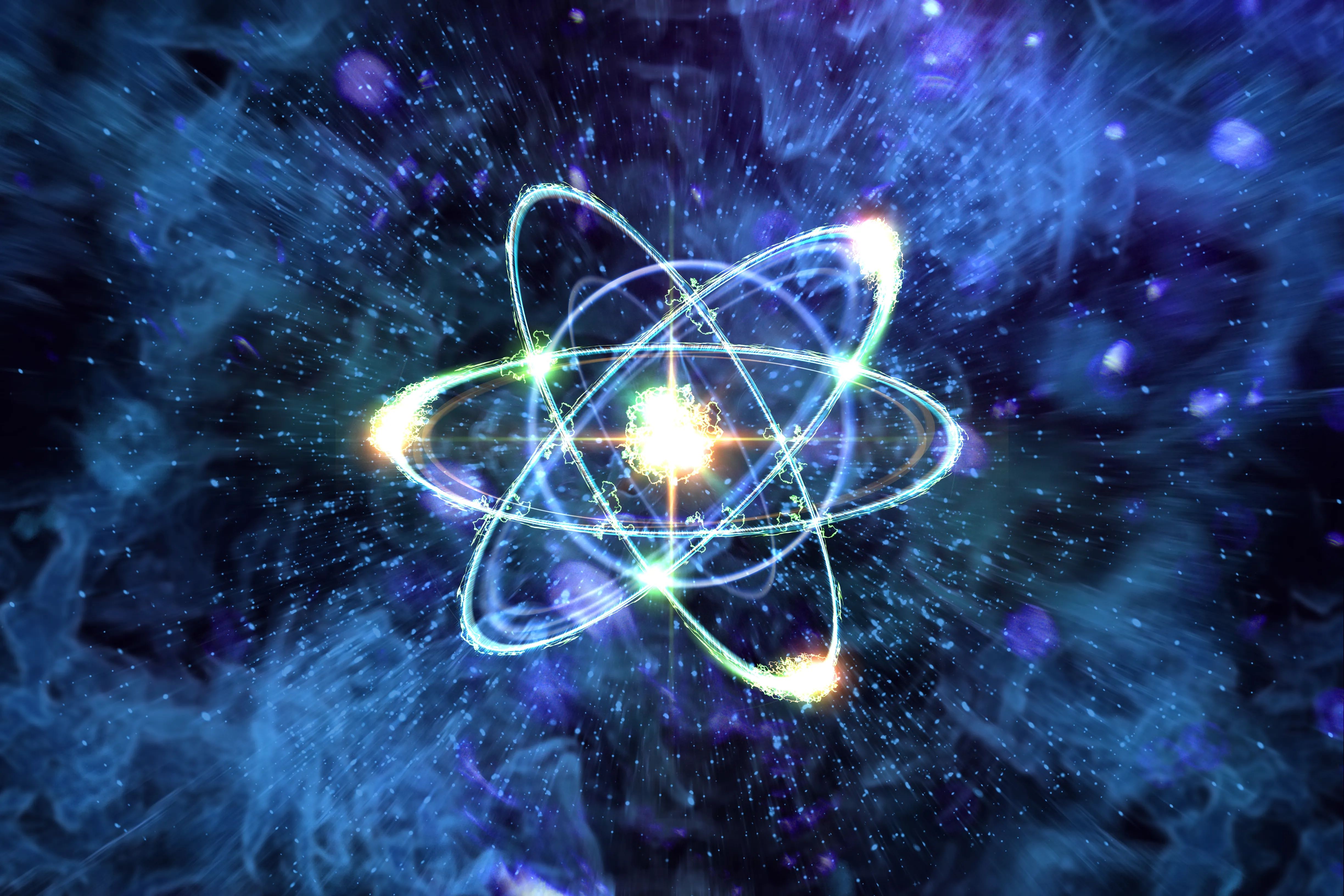
Utah watchdogs voice concerns over 'high-tech' nuclear power
Mark Richardson
(Public News Service) In the push toward carbon-free energy production, some cities in Utah and nearby states are considering a new type of nuclear reactor to power their future.
The project, partially funded by the U.S. Department of Energy, aims to bring six small modular nuclear reactors (SMRs) online by 2029, including for customers of Utah Associated Municipal Power Systems.
However, watchdog groups warn the "new generation" reactors are untested, and could have high financial and environmental costs.
Scott Williams, executive director of the Healthy Environmental Alliance of Utah, said the new system comes with the same old problems.
"We've been opposed to this project from the beginning, because there's no solution for the high-level waste that it generates," Williams explained. "We're still accumulating that all over the country, and we've never figured out what to do with that. And it's highly, highly toxic."
Williams pointed out a number of power utilities have backed out of various projects using SMRs, and the Utah utility recently cut its commitment from 12 to 6 power units. He noted the main selling point has been the units do not emit greenhouse gases.
Williams observed the financial markets have mostly shied away from backing the project, which means small municipalities in Utah, Idaho and other Western states could be left holding the bag.
"When there's experimental technology that venture capitalists won't put money into, we should be really cautious about having small towns put money at risk for a first-of-its-kind technology," Williams contended.
And when it comes to providing carbon-free energy, Williams argued there are proven, cost-effective technologies available right now.
"There's no way this stuff is going to be online soon enough to start dealing with what we need to do to address climate change," Williams asserted. "It's diverting resources into speculative technology, when we have real technology that we should be ramping up quickly."
The SMRs design has been approved by the U.S. Nuclear Regulatory Commission, but it will likely be a decade or more before the system is fully licensed and operational.

















